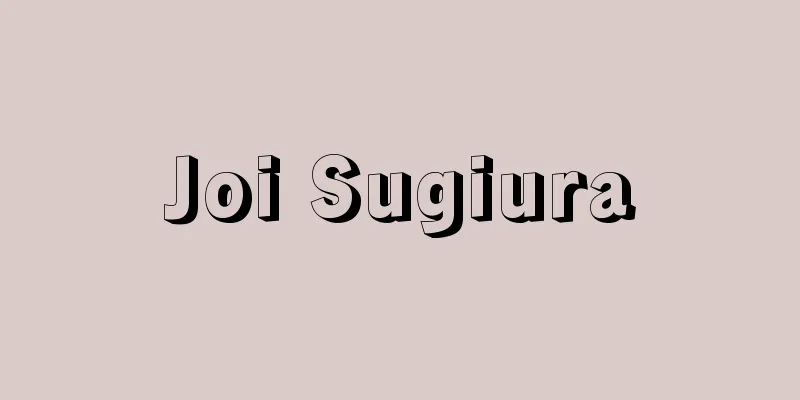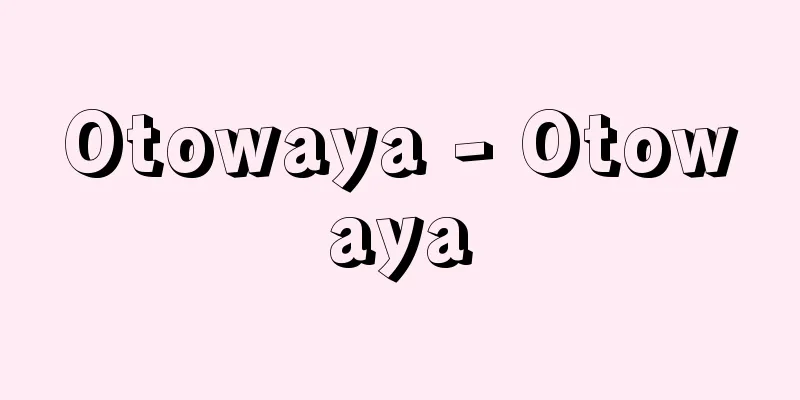Joi Sugiura

|
Year of death: July 24, 1761 (August 24, 1761) Year of birth: 1701 (Genroku 14) A mid-Edo period swordsmith. Born in Kano, Mino Province (Gifu City) as the son of a retainer of the Toda Matsudaira clan (one theory is that he was later transferred to Matsumoto, Shinano Province). His childhood name was Taishichi, and he later changed his name to Sen'emon. He went to Edo and studied under Juei, a member of the Toda Matsudaira clan, the third head of the Nara school, and became a swordsmith employed by the Toda Matsudaira clan, living on the banks of the Onagi River in Fukagawa, Edo, which was the clan's storehouse residence. He is considered one of the three great Nara swordsmiths, along with Tsuchiya Yasuchika and Nara Toshihisa. He is also known as the founder of Nikugobori, a unique technique in which the edges of a pattern on a flat base are carved one level lower, and the pattern is carved in a thin layer so that it is not higher than the base, and he won acclaim for this unprecedented carving technique. Most of his surviving works are small, and tsuba are rare. His representative works include "Tekkai Senninzu Kogata" and "Kidorakushishizu Kogata" (both in private collections). He was allowed to use the surname Nara, and occasionally inscribed "Nanryo". After his teacher Juei allowed him to use the character "Ei", he called himself Issando Eishun, and later shaved his head and took the name Joi. He was buried at the Nichiren sect Myozo-ji Temple in Azabu Imai-cho (Minato Ward, Tokyo). (Kashima Masaru) Source: Asahi Japanese Historical Biography: Asahi Shimbun Publications Inc. About Asahi Japanese Historical Biography |
|
没年:宝暦11.7.24(1761.8.24) 生年:元禄14(1701) 江戸中期の装剣金工家。戸田松平家の家臣の子として,美濃国加納(岐阜市)で生まれた(一説にのち移封された信濃国松本ともいう)。幼名は太七,のちに仙右衛門と改名。江戸に出て奈良派3代利治一門の寿永に師事し,戸田松平家の抱え工となって,同藩の御蔵屋敷である江戸深川の小名木川岸に住した。土屋安親,奈良利寿と共に奈良三作のひとりに数えられる名工。肉合彫りの創始者としても知られる。これは平らな下地の文様の周囲を一段低く彫り下げ,文様の部分を薄肉彫りで表して下地より高くしない特殊な技法で,この従来になかった彫法で世評を博した。現存する作品は,小柄が多く,鐔は稀である。代表作に「鉄拐仙人図小柄」「児落獅子図小柄」(いずれも個人蔵)がある。奈良の苗字を許され,稀に「南良」と刻むこともある。師の寿永に永の字を許可されてからは一蚕堂永春と称し,のちに剃髪して乗意と号した。麻布今井町の日蓮宗妙像寺(東京都港区)に葬られた。 (加島勝) 出典 朝日日本歴史人物事典:(株)朝日新聞出版朝日日本歴史人物事典について 情報 |
>>: Sugiura Shigetake - Sugiura Shigetake
Recommend
Machaerotypus sibiricus (English spelling) Machaerotypus sibiricus
…The treehopper Orthobelus flavipes (illustration...
Adashino
Located in Saga, Kadono County, Yamashiro Province...
Heiji Rebellion
A civil war broke out in 1159 (Heiji 1) at the end...
Sino-Japanese War
An all-out war between Japan and China that began...
Cherbourg - Cherbourg (English spelling)
A naval port city in the Manche department in nor...
"Ying Kui Law Journal" - Ei Kei Law Journal
...This is a useful book for examining the poetry...
Daizaburou Matsushita
A Japanese linguist born in Shizuoka Prefecture. ...
buffalo-weaver
…This family is a relatively well-organized group...
Taste bud - Mirai (English spelling)
Also called taste buds. A sensory organ for taste...
Lysogens
A bacterium infected with a non-replicative bacter...
Tomei Expressway - Tomei Expressway
This expressway runs from Tokyo through the Tokai...
Kawai Tozaemon - Kawai Tozaemon
...It was called the Mankoku Sodo because it was ...
Tomoega - Tomoega
A moth belonging to the family Noctuidae, order L...
Heru Village
An ancient village in Omi Province, later became a...
sekaha
...As religious practitioners, along with Hindu p...









